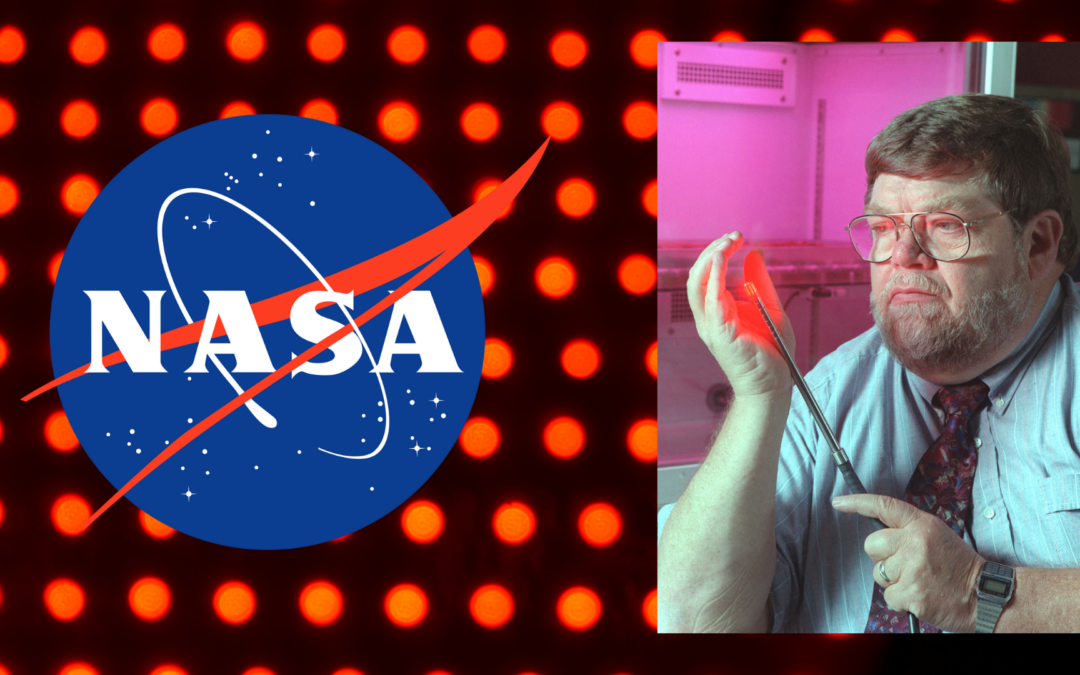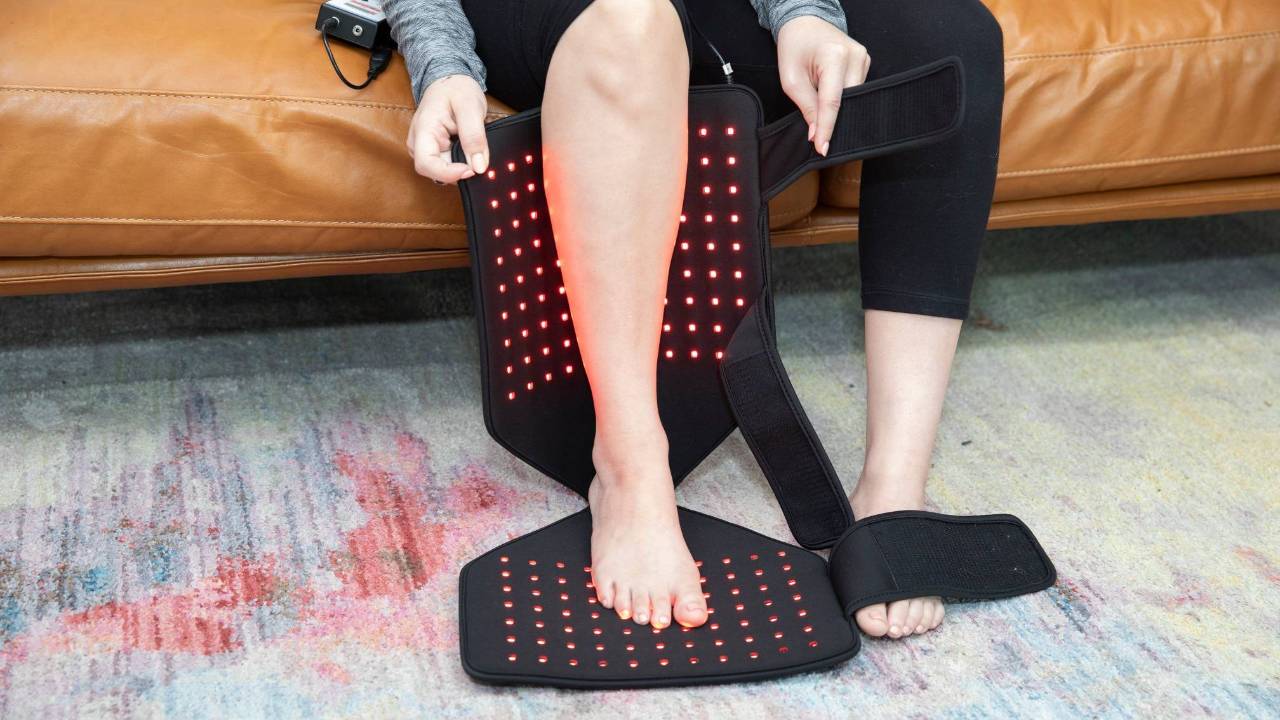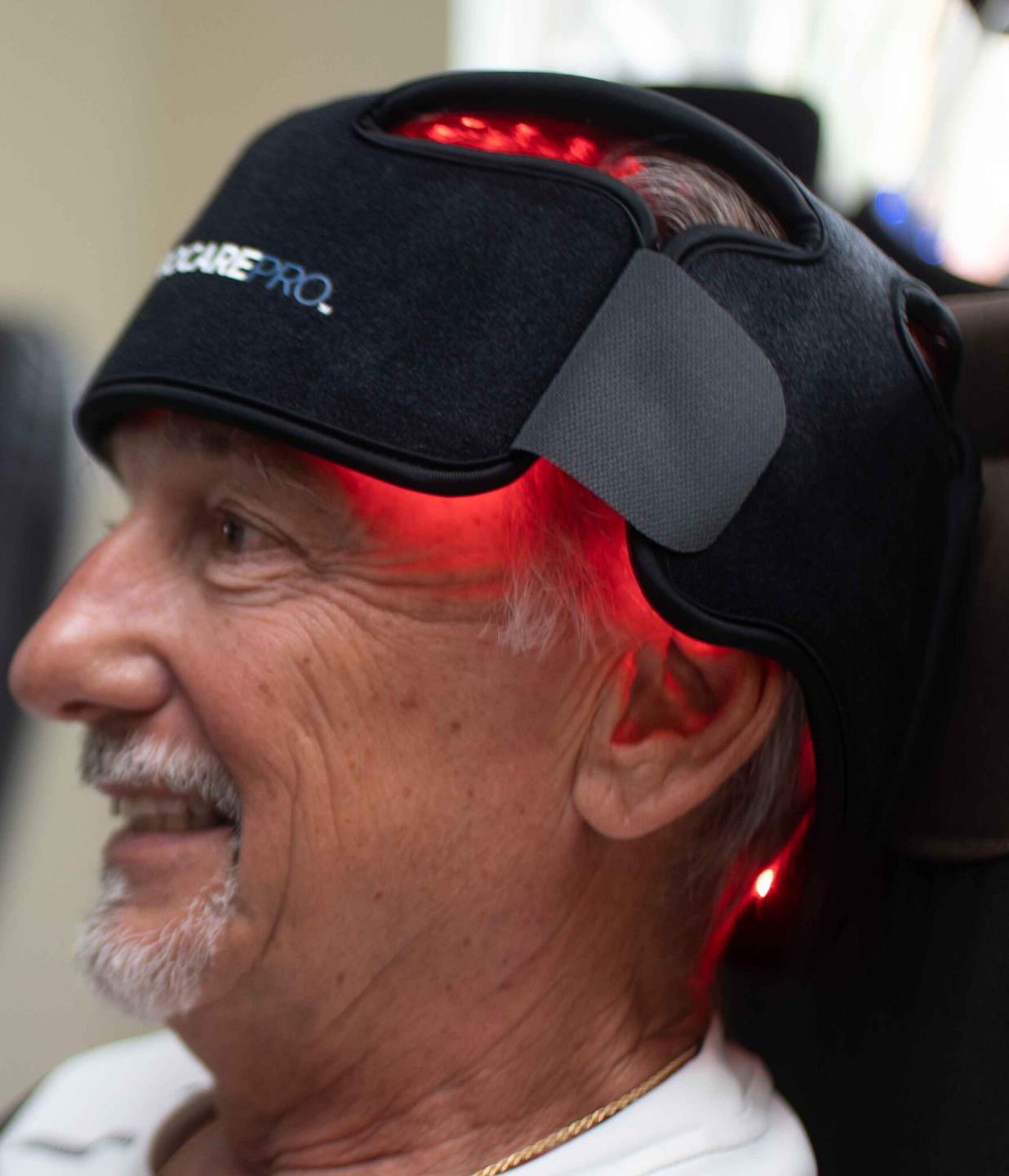In September 2021, NASA has been involved in researching and using red light therapy, also known as photobiomodulation (PBM), for various purposes. Red light therapy utilizes low-level red or near-infrared light to stimulate cellular processes and promote healing in the body.
NASA’s interest in red light therapy stems from its potential benefits for astronauts during space missions. Space travel exposes astronauts to various stressors, such as microgravity, radiation, and isolation, which can lead to physical and mental health issues. Red light therapy has shown promise in mitigating some of these effects and promoting recovery.
Light Treatments Prove Themselves
“Through experimentation, the researchers showed that high-intensity red and near-infrared LEDs significantly accelerated the healing of oxygen-deprived wounds in rats and also sped the growth and proliferation of skin, bone, and muscle cell cultures from mice and rats. The team supplied LED devices to U.S. Navy crews for treatment of training injuries. These produced more than a 40 percent greater improvement in musculoskeletal injuries and a 50 percent faster healing time for lacerations, compared to control groups.” – Nasa.gov
Some specific applications of red light therapy by NASA include:
- Wound Healing: NASA researchers have explored the use of red light therapy to accelerate wound healing in astronauts. The therapy helps improve blood flow, reduce inflammation, and stimulate tissue repair, which can be beneficial for treating wounds in space where healing might be compromised.
- Muscle Recovery: During extended space missions, astronauts experience muscle atrophy and loss of strength due to the reduced gravity environment. Red light therapy has been investigated as a potential intervention to help counteract muscle degeneration and promote muscle recovery.
- Bone Density: Prolonged exposure to microgravity can lead to decreased bone density and an increased risk of fractures for astronauts. Red light therapy has been studied as a way to help maintain bone health and reduce the negative impact of space travel on astronauts’ skeletal systems.
- Circadian Rhythms: In space, astronauts are exposed to unique lighting conditions that can disrupt their circadian rhythms and sleep patterns. NASA has examined the use of red light to help regulate sleep-wake cycles and improve overall sleep quality.
It’s important to note that while NASA has been involved in researching red light therapy and its potential benefits for astronauts, the technology is not exclusive to space missions.
Red light therapy is also used in various medical and wellness applications on Earth, such as treating skin conditions, reducing pain and inflammation, and improving muscle recovery in athletes.
Learn about How Can Red Light Therapy or Photobiomodulation (PBM) Help with Alzheimer’s Disease
Saving Your Brain combines cognitive brain training with sensorimotor exercises. Our drug free program is tailored to meet the needs of our patients. Ask about our Initial Brain Assessment which offers a comprehensive review and tests for imbalances in the brain that need correction. Our cold laser therapies are stacked with other programs to give faster results for our patients.
Our programs include:
Contact us today at info@savingyourbrain.com to get started.




